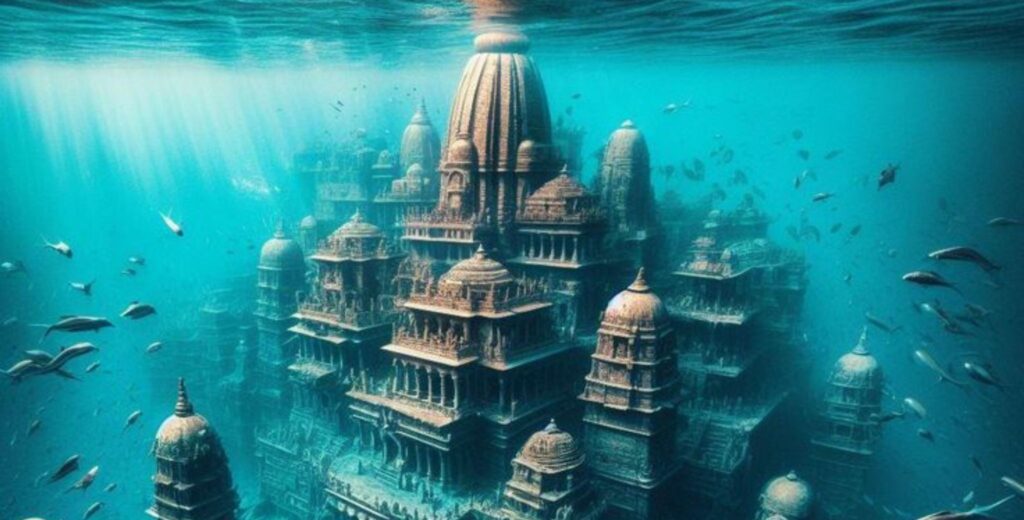The ancient city of Dwarka underwater is prominent in Indian mythology and history. It is believed to be one of India’s oldest and most culturally significant cities.
Often associated with Lord Krishna, Dwarka is mentioned in ancient texts such as Mahabharata and the Bhagavata Purana.
The city’s origins date back to approximately 3000 BCE, making it an essential part of India’s ancient civilization.
Historically, Dwarka underwater was a bustling port city known for its architectural grandeur and strategic maritime importance.
Today, it is one of the notable Heritage Sites in Gujarat, having become a significant pilgrimage site and attracting devotees worldwide.
Adventures in Dwarka Underwater
1. The History Behind the Dwarka City
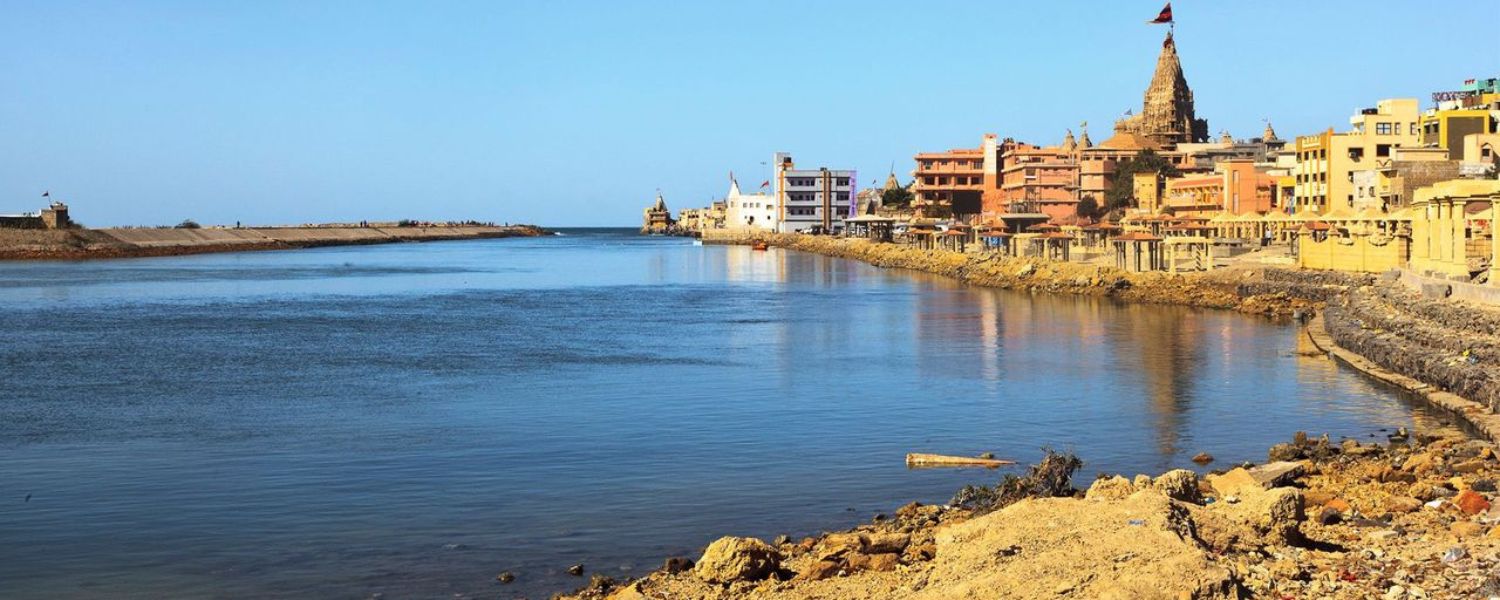
Dwarka’s rich history is deeply intertwined with myth and legend. It is considered one of India’s seven most ancient cities (Sapta Puri).
According to Hindu mythology, Dwarka underwater was the dwelling place of Lord Krishna, who established his kingdom here after leaving Mathura.
The city is described in ancient scriptures as a meticulously planned urban center with wide roads, grand palaces, and beautiful gardens.
Dwarka underwater’s historical significance is religious and archaeological, as ongoing excavations continue to reveal remnants of its past.
For travelers visiting Dwarka, accessing the city is facilitated by the well-connected Airports in Gujarat, making exploring this fascinating historical site easier.
2. How to Reach Dwarka City
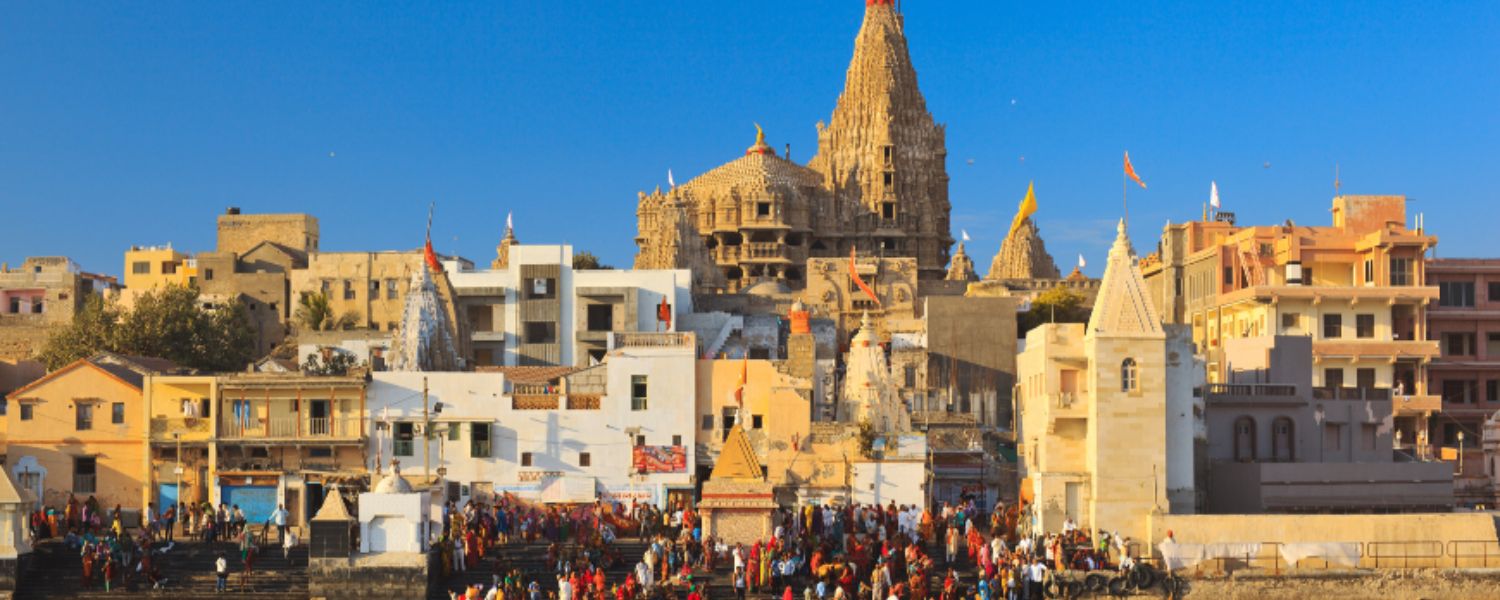
Reaching Dwarka is relatively straightforward, thanks to well-connected transport networks. The city is accessible by air, rail, and road.
The nearest airport is Jamnagar Airport, approximately 137 kilometers away. From there, one can take a taxi or a bus to Dwarka.
For those traveling by train, Major cities like Mumbai are well-connected to the Dwarka Railway Station, Ahmedabad, and Rajkot.
Additionally, several state-run and private buses ply regularly to Dwarka from various parts of Gujarat and neighboring states, making it convenient for pilgrims and tourists alike.
Travelers can also opt for road trips, enjoying the scenic beauty of Dwarka underwater in Gujarat landscapes and the delightful Taste of Gujarat.
The road network is well-maintained, and car rentals or private taxis are available for a comfortable journey.
Whether you fly, take a train, or drive, reaching Dwarka underwater is convenient and hassle-free.
3. Archaeological Excavations in Dwarka
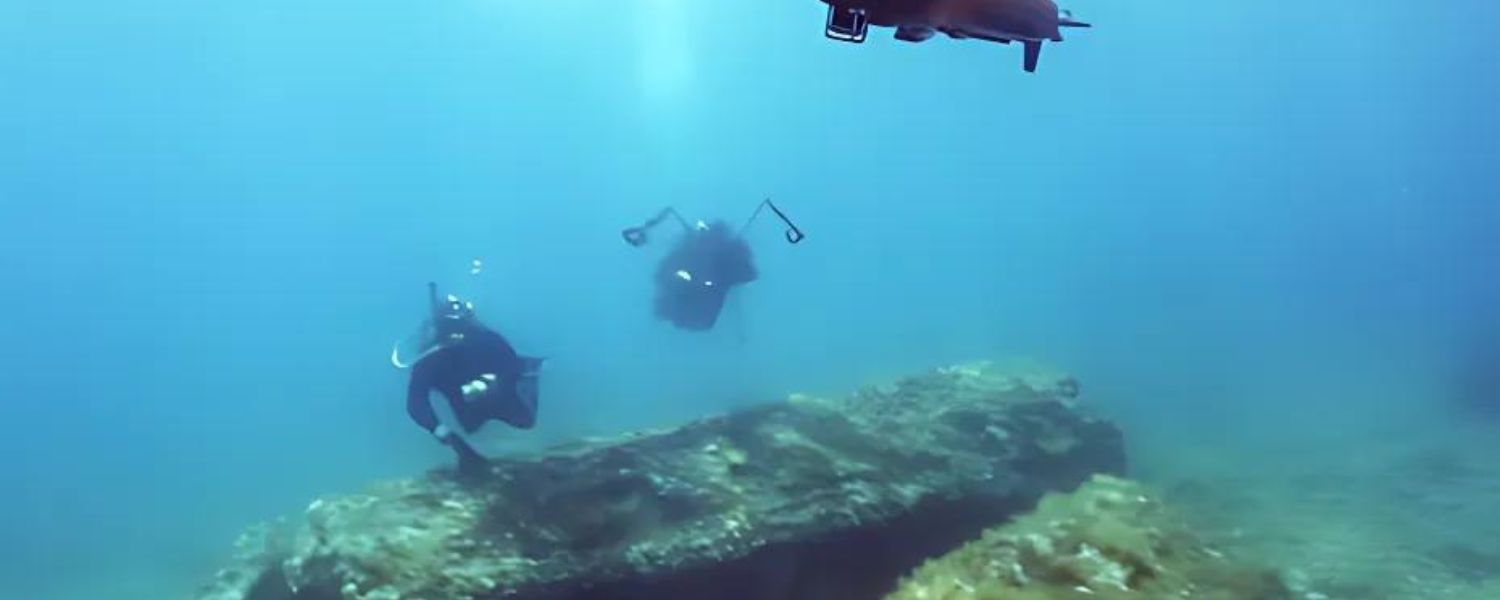
Archaeological excavations in Dwarka underwater have unveiled a treasure trove of historical artifacts and submerged ruins.
The underwater explorations, initiated by the National Institute of Oceanography (NIO), revealed structures and objects that point towards an ancient, well-planned urban settlement.
These findings include stone anchors, pottery, and remnants of walls and pillars, which suggest that Dwarka underwater was a thriving port city.
The submerged ruins are considered part of the ancient city mentioned in the Mahabharata, adding a layer of historical credibility to the mythological narratives.
These discoveries and the stunning Beaches of Gujarat have significantly contributed to our understanding of ancient Indian urban planning and maritime activities.
The stone anchors indicate a robust maritime trade network, suggesting that Dwarka underwater was a hub of commercial activity.
The pottery and other artifacts reveal its inhabitants’ daily life and culture, providing valuable insights into their way of life.
4. The Best Time to Visit Dwarka City
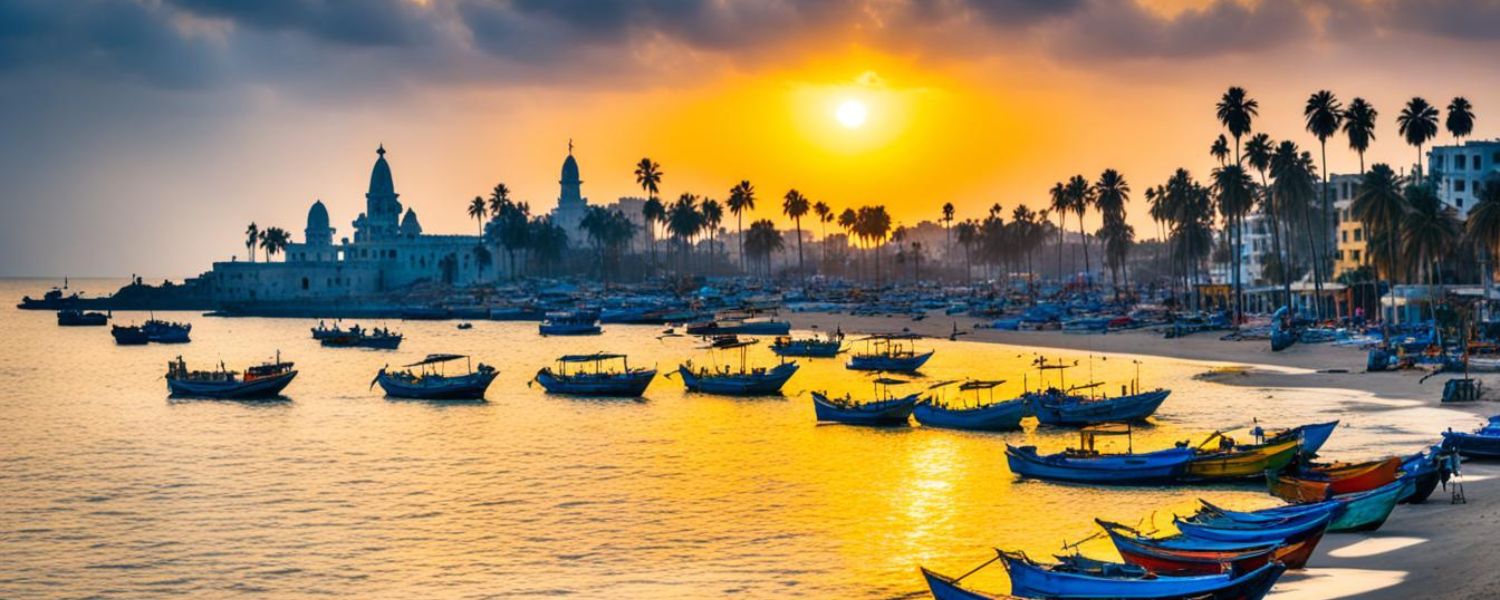
However, the best time to visit Dwarka is between October and March when the nature is pleasant and conducive for sightseeing and pilgrimage activities.
Initially, during these months, the temperature ranges from 20°C to 30°C, making it best for exploring the city’s attractions.
Additionally, several festivals like Janmashtami and Navratri, celebrated with great enthusiasm, fall within this period, offering visitors a chance to experience real dwarka underwater cultural richness.
The monsoon season, from June to September, brings heavy rainfall, hindering travel plans. Therefore, planning your visit during the cooler, drier months is advisable.
Visiting during festivals adds a unique charm to the experience. The city and other Places in Gujarat are adorned with decorations, and various cultural programs and events are organized.
Witnessing the grand celebrations and participating in the rituals can be a spiritually enriching experience.
However, it is also the peak tourist season, so making accommodation reservations well in advance is recommended.
5. Places to Stay in Dwarka

Dwarka offers a range of accommodation options catering to different budgets and preferences.
Visitors can find suitable lodging, from luxurious hotels to budget-friendly guesthouses, without much hassle. Some popular options include:
A. Dwarkadhish Lords Eco Inn
A luxurious hotel located close to the Dwarka underwater temple, offering comfortable rooms and modern amenities.
B. Hotel City Palace
A mid-range option providing clean, comfortable rooms and good service.
C. Goverdhan Greens Resort
It is located slightly away from the city center and offers a peaceful environment and modern facilities.
D. Budget Guesthouses
Numerous budget guesthouses and Dharamshala are available for pilgrims and budget travelers.
Many of these accommodations offer facilities like guided tours, in-house dining, and travel assistance, enhancing the overall experience for visitors.
Choosing a place close to major attractions like the Dwarkadhish Temple can save travel time and allow more leisurely exploration.
6. Places to See in Dwarka
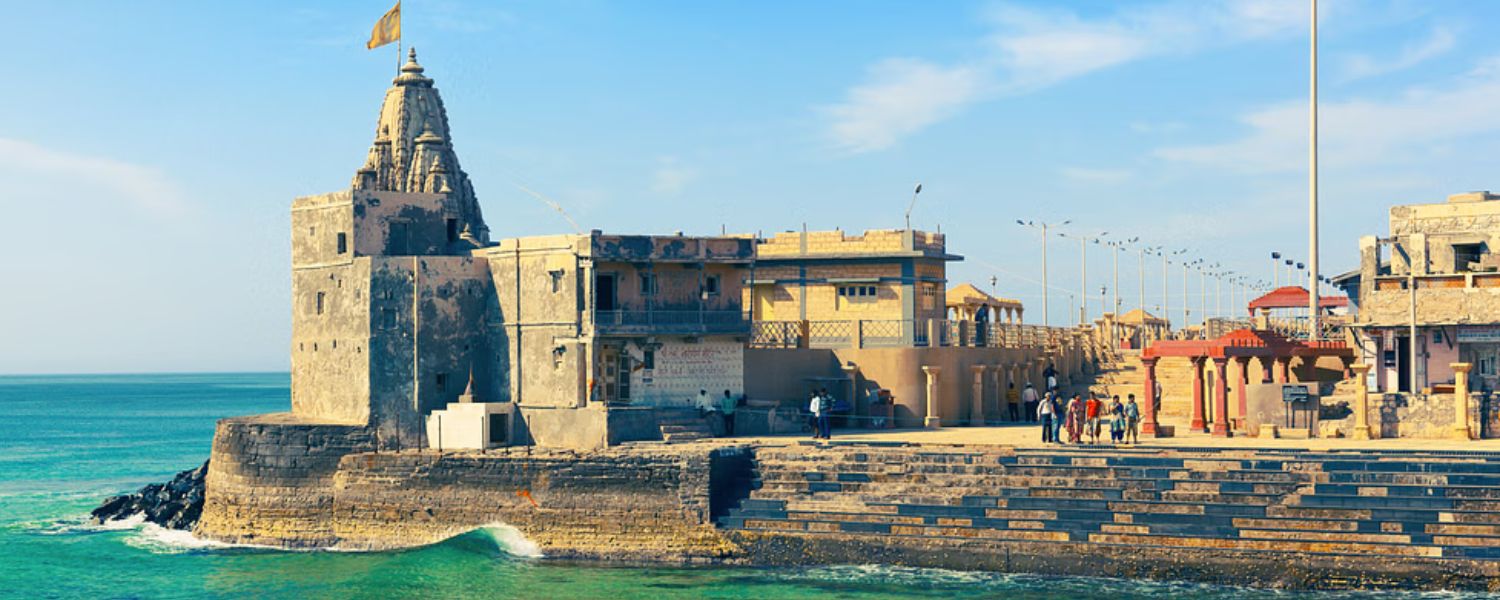
Dwarka underwater is home to several iconic landmarks and places of religious significance. Some must-visit sites include:
A. Dwarkadhish Temple
Also known as Jagat Mandir, this temple is dedicated to God Krishna and is one of the Char Dham pilgrimage sites. The temple’s architecture has been since,—. Idingblends Chalukya and Maru-Gurjara styles, featuring a five-storied structure supported by 72 pillars.
B. Rukmini Devi Temple
Additionally, a temple dedicated to Rukmini, the wife of Lord Krishna, known for its intricate carvings and architectural beauty. It is located about 2 km from the Dwarkadhish Temple and offers a serene ambiance for devotees.
C. Bet Dwarka
An island located 30 km from Dwarka, it is believed to have been the residence of Lord Krishna during his reign. Accessible by boat, it is a popular pilgrimage site. The island has several temples and is also known for its beautiful beaches.
D. Gomti Ghat
This ghat, located on the banks of the Gomti River, holds sacred significance and attracts pilgrims for ritualistic baths. Small shrines line the ghat and offer a picturesque view of the river merging with the Arabian Sea.
E. Nageshwar Jyotirlinga Temple
One of the twelve Jyotirlinga shrines dedicated to Lord Shiva, situated about 17 km from Dwarka. The temple houses a massive statue of God Shiva and attracts devotees from all over the country.
Each of these sites is unique and offers a different perspective on Dwarka’s cultural and spiritual heritage. Exploring these places provides a comprehensive understanding of the city’s historical and religious importance.
7. Bhagavata Purana
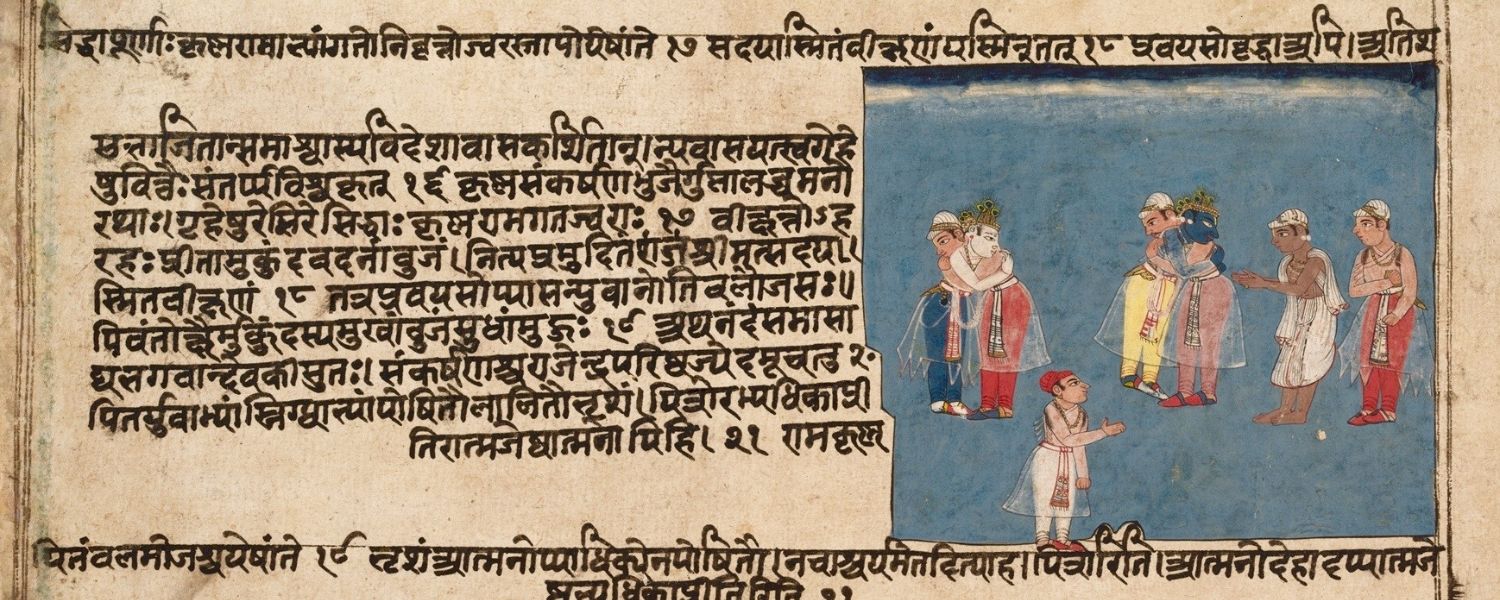
The Bhagavata Purana, one of the significant Puranic texts in Hinduism, contains extensive narratives about Lord Krishna and the city of Dwarka underwater.
According to this text, Krishna built the magnificent city of Dwarka after he left Mathura. Descriptions in the Bhagavata Purana depict Dwarka as a city adorned with grand palaces, beautiful gardens, and vast lakes.
The text also mentions the eventual submergence of Dwarka underwater into the sea, an event attributed to a curse by the sage Durvasa.
This mythological account aligns with the underwater discoveries made in recent times, adding a layer of intrigue to the city’s history.
The Bhagavata Purana also highlights Krishna’s moral and ethical teachings, emphasizing the importance of dharma (righteousness) and devotion.
The stories and teachings in this text shaped India’s cultural and spiritual landscape as they passed down through generations.
8. Harivamsa
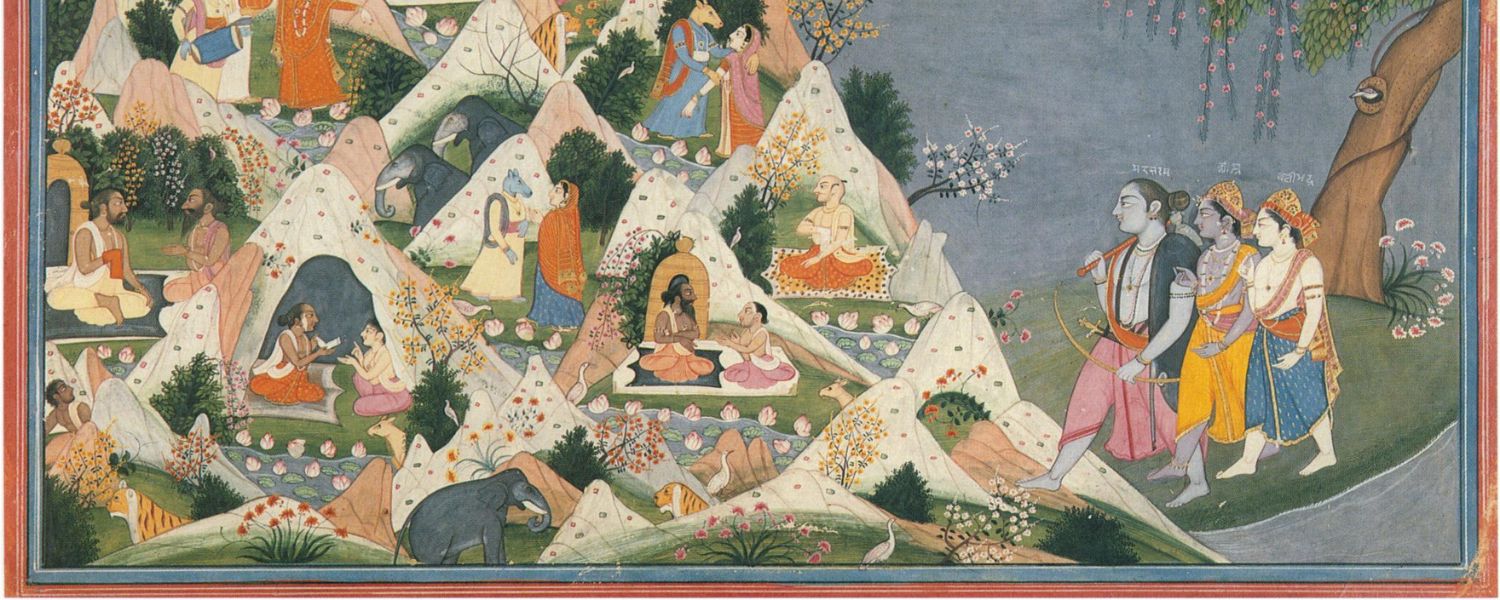
The Harivamsa, an appendix to the Mahabharata, provides additional details about the life of Lord Krishna and the city of Dwarka underwater.
This ancient text describes Dwarka as a fortified city built on an island protected by high walls and deep moats.
The Harivamsa also highlights the city’s prosperity, referencing bustling marketplaces, grand temples, and vibrant cultural activities.
These descriptions vividly depict Dwarka’s past glory and significance as a major urban center in ancient India.
Many consider the text’s accounts valuable for understanding the historical and cultural context of Dwarka underwater.
In addition to its historical and cultural narratives, the Harivamsa explores the philosophical aspects of Krishna’s life and teachings.
It delves into the concepts of dharma and karma, providing insights into the moral and ethical framework of ancient Indian society.
9. Related Archaeology
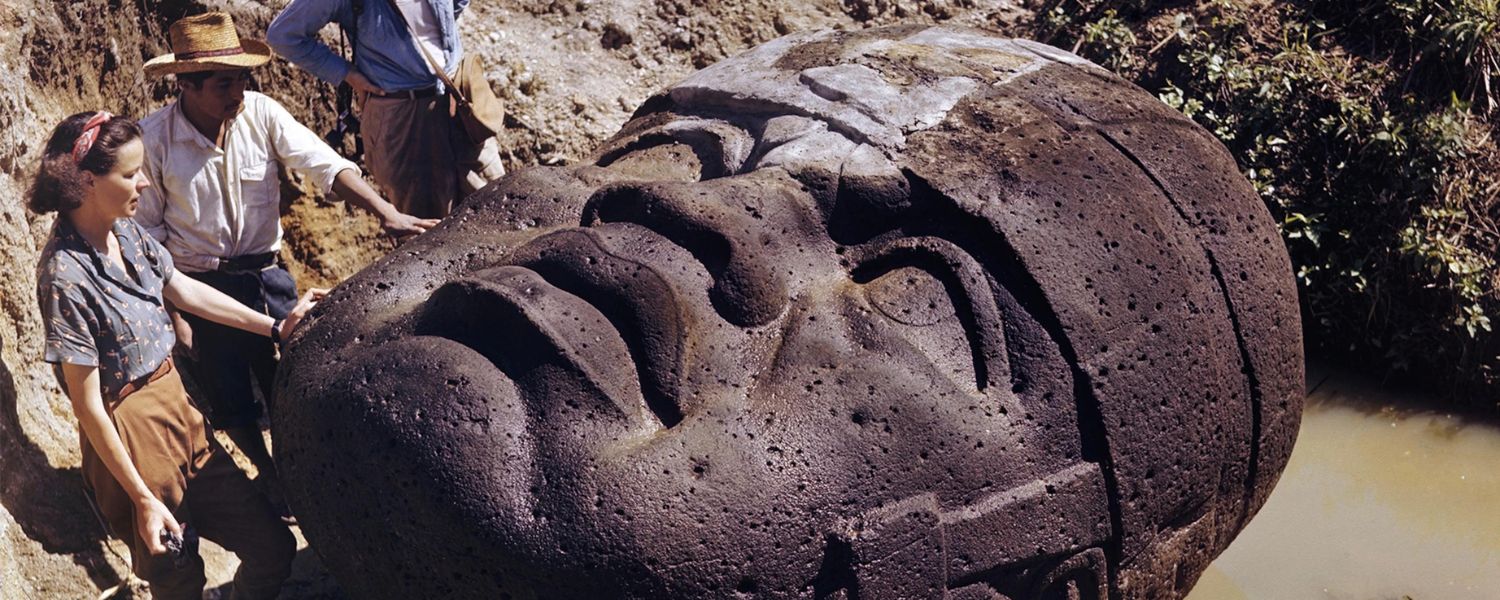
The field of Dwarka underwater archaeology has played a essential role in uncovering the mysteries of Dwarka.
Underwater excavations have revealed extensive structures submerged off the coast of present-day Dwarka underwater, which many believe are remnants of the Dwarka underwater city.
These findings include stone anchors, which suggest Dwarka was a prominent port, as well as pottery and inscriptions that provide insights into the daily lives of its inhabitants.
The discoveries have fueled further research and debate among historians and archaeologists, contributing to our understanding of ancient Indian civilization and its maritime history.
Archaeological studies continue to uncover new evidence, providing an overview of the developments in technology and cultural achievements of the people who inhabited Dwarka underwater.
These findings validate historical and mythological accounts and open new avenues for exploring the region’s past.
FAQs
Q. What is the historical significance of Dwarka?
A. Many consider Dwarka one of the oldest cities in India, with references in ancient texts like the Mahabharata and the Bhagavata Purana. Initially, people closely associate it with Lord Krishna, making it an important pilgrimage site.
Q. How can I reach Dwarka?
A. Dwarka is accessible by air, rail, and road. The nearest airport is in Jamnagar, and the city has a well-connected railway station. Several buses from various parts of Gujarat also pass through Dwarka.
Q. When is the best time to visit Dwarka?
A. However, the best time to visit Dwarka is between October and March when the nature is pleasant and ideal for sightseeing and pilgrimage activities.
Q. What are the major attractions in Dwarka?
A. Major attractions include the Dwarkadhish Temple, Rukmini Devi Temple, Bet Dwarka, Gomti Ghat, and Nageshwar Jyotirlinga Temple.
Q. What have archaeological excavations revealed about Dwarka?
A. Excavations have uncovered submerged structures off the coast of Dwarka, including stone anchors and pottery, suggesting that Dwarka was a significant port city in ancient times.
Q. What is the connection between Dwarka and Lord Krishna?
A. According to ancient texts, Lord Krishna built Dwarka after he left Mathura. He established it as his kingdom, and the Mahabharata and Bhagavata Purana extensively mention it.
Conclusion
Exploring the legends and real bet Dwarka underwater provides a fascinating scene into the intersection of mythology and history.
The archaeological findings have validated aspects of ancient texts and opened new avenues for research into India’s maritime heritage.
With its rich blend of myth and reality, Dwarka Underwater continues to captivate the imagination of historians, archaeologists, and travelers alike.
The submerged ruins and historical narratives offer a unique window into India’s ancient past, making it a must-visit exploring place for anyone interested in exploring the depths of history and spirituality.
Dwarka Underwater offers travelers and enthusiasts a unique blend of spirituality, history, and adventure.
